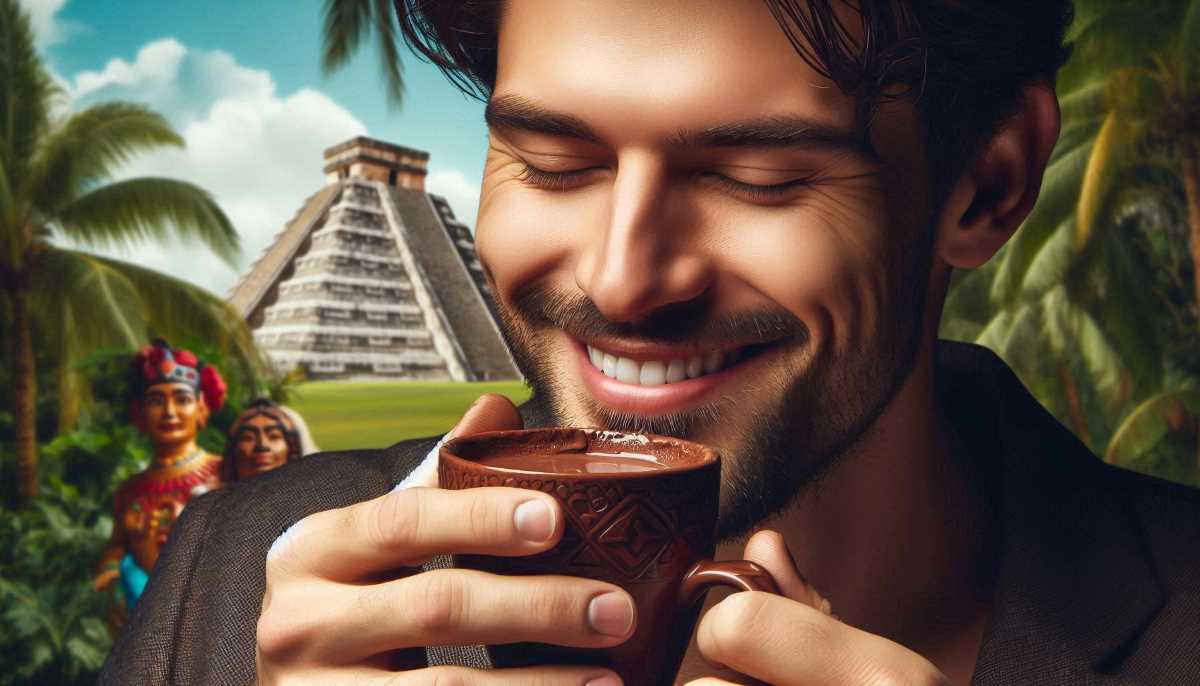The Ancient Art of Mayan Chocolate and Xtabentún
This ancient Mayan dessert features cacao roasted and ground by hand, then mixed with sugar, cinnamon, and honey. The accompanying Xtabentún liqueur, made from honey, anise, and cane liqueur, adds a unique flavor.

In the heart of Yucatán, amidst the lush landscapes and ancient ruins, there exists a culinary tradition as rich and mysterious as the land itself. It is a tradition that transcends time, bridging the gap between the ancient world and modern palates. At the center of this tradition lies a deceptively simple yet profoundly complex dessert: Mayan chocolate, accompanied by the intoxicating allure of Xtabentún liqueur. This combination, deeply rooted in the Mayan and Yucatecan heritage, is more than just a treat for the senses—it is an invitation to experience a piece of history, lovingly crafted and served with a touch of contemporary flair.
Chocolate, as we know it today, owes much of its existence to the Mayans, who were among the first to cultivate and consume cacao. For the Mayans, cacao was more than just food; it was a sacred substance, a gift from the gods, used in rituals, as currency, and as a symbol of wealth and power. The preparation of cacao was an art form, a ceremonial act that involved roasting, grinding, and mixing the beans with various ingredients to create a drink that was as revered as it was consumed.




